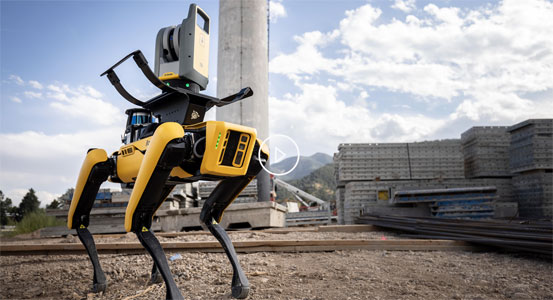North West England’s construction industry has expanded significantly in recent years, with new developments and infrastructure projects sprouting up across the region. The demand for specialised tools and equipment, such as wacker plate hire services, is increasing as construction methods evolve and technology advances. This article aims to provide a comprehensive overview of the latest trends and insights in the construction and maintenance sectors, specifically in North West England, as well as to investigate the region’s growing demand for tool hire services.
The Rise of Sustainable Building
Sustainability is no longer merely a buzzword in the construction industry; it has emerged as a critical driver of innovation and growth. The North West region has seen an increase in environmentally friendly construction projects, with contractors and developers increasingly focusing on lowering their environmental footprint. Tool rental companies have begun to offer a variety of energy-efficient and environmentally friendly tools, such as electric wacker plates, battery-operated power tools, and hybrid excavators, in response to this trend.
The Use of Digital Technology
North West England’s construction industry is rapidly adopting digital technologies such as Building Information Modelling (BIM), virtual reality (VR), and drone surveying. Companies can use these technologies to improve project management, streamline communication, and cut costs. To improve the customer experience and optimise operations, tool hire companies have begun to incorporate digital solutions into their services, such as online booking systems and real-time equipment tracking.
A Focus on Safety and Compliance
The importance of safety and regulatory compliance has never been greater than with the increasing complexity of construction projects. To ensure that construction sites maintain high safety standards, the Health and Safety Executive (HSE) has implemented stringent regulations. Tool rental companies play an important role in this context by providing well-maintained, safe, and compliant equipment. Wacker plate hire services, for example, ensure that compaction equipment is up to date with the latest safety features and guidelines, lowering the risk of accidents and ensuring compliance with HSE regulations.
Modular Construction’s Expansion
Modular construction, which involves the offsite assembly of building components, has grown in popularity in North West England as a result of its cost and time savings. Tool rental companies have responded to this trend by providing a variety of modular construction-specific equipment, such as portable gantry cranes, vacuum lifters, and specialised scaffolding solutions.
The Value of Skilled Labor
The North West England construction industry is facing a growing skills shortage, making it critical for businesses to invest in training and development. Tool rental companies can help bridge this gap by providing comprehensive training programmes on how to use their equipment safely and effectively. A wacker plate hire service, for example, may include operator training and certification, ensuring that workers have the skills needed to operate compaction equipment safely and efficiently.
Brexit’s After Effects
The United Kingdom’s exit from the European Union has increased supply chain scrutiny and a focus on local sourcing. As a result, there is an increasing demand for tool hire services based in the UK that can provide quick and dependable access to a diverse range of construction equipment. This trend has benefited wacker plate hire companies located near project sites in particular, as they can provide quick and convenient access to essential compaction equipment, reducing delays and downtime.
Sustainability, technological advancements, safety concerns, and evolving construction methods are driving significant transformation in the construction and maintenance sectors in North West England. To remain competitive, tool hire companies, particularly those providing specialised services such as wacker plate hire, must adapt to these changes and continuously improve their offerings. By offering a diverse selection of high-quality, safe, and environmentally friendly equipment.
Source: Business Manchester












